Gargi Joshi
Explainable Misinformation Detection Across Multiple Social Media Platforms
Mar 20, 2022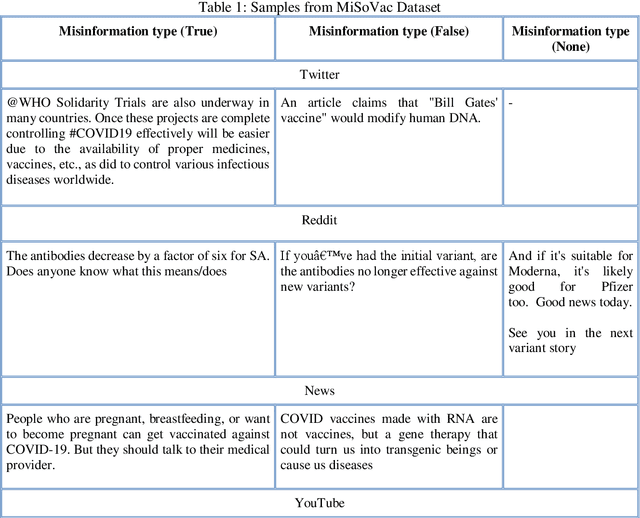
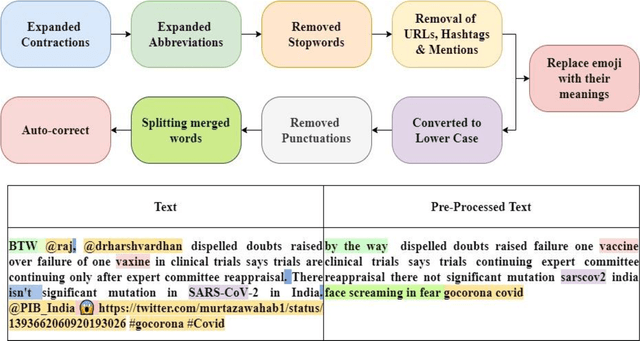
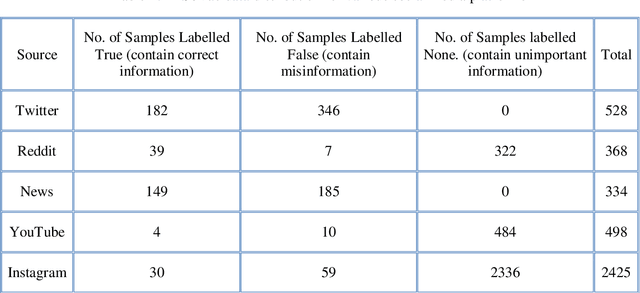

Abstract:In this work, the integration of two machine learning approaches, namely domain adaptation and explainable AI, is proposed to address these two issues of generalized detection and explainability. Firstly the Domain Adversarial Neural Network (DANN) develops a generalized misinformation detector across multiple social media platforms DANN is employed to generate the classification results for test domains with relevant but unseen data. The DANN-based model, a traditional black-box model, cannot justify its outcome, i.e., the labels for the target domain. Hence a Local Interpretable Model-Agnostic Explanations (LIME) explainable AI model is applied to explain the outcome of the DANN mode. To demonstrate these two approaches and their integration for effective explainable generalized detection, COVID-19 misinformation is considered a case study. We experimented with two datasets, namely CoAID and MiSoVac, and compared results with and without DANN implementation. DANN significantly improves the accuracy measure F1 classification score and increases the accuracy and AUC performance. The results obtained show that the proposed framework performs well in the case of domain shift and can learn domain-invariant features while explaining the target labels with LIME implementation enabling trustworthy information processing and extraction to combat misinformation effectively.
A Review on Explainability in Multimodal Deep Neural Nets
May 18, 2021
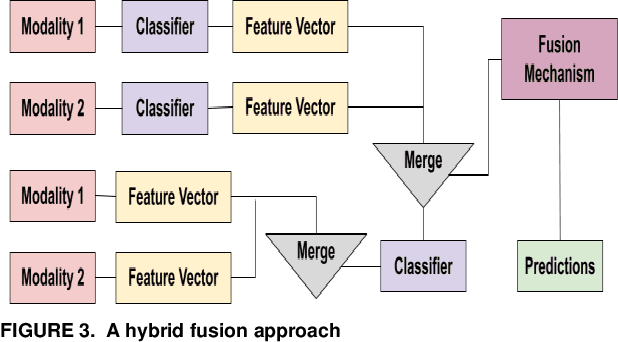
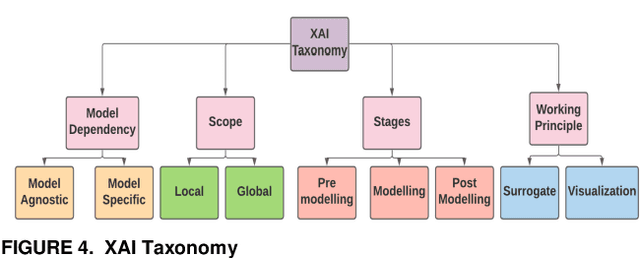
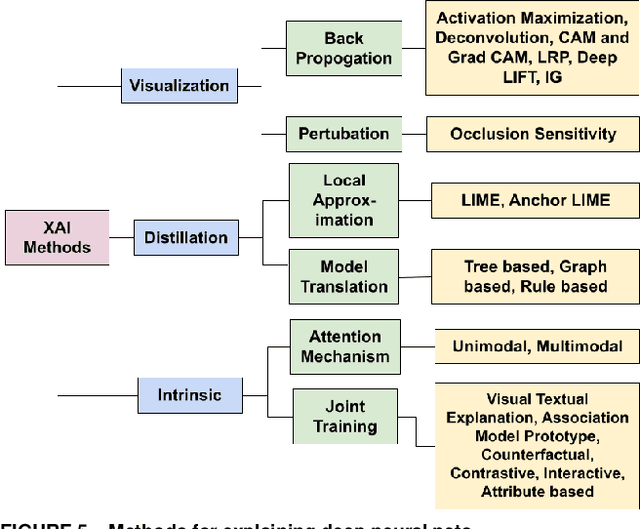
Abstract:Artificial Intelligence techniques powered by deep neural nets have achieved much success in several application domains, most significantly and notably in the Computer Vision applications and Natural Language Processing tasks. Surpassing human-level performance propelled the research in the applications where different modalities amongst language, vision, sensory, text play an important role in accurate predictions and identification. Several multimodal fusion methods employing deep learning models are proposed in the literature. Despite their outstanding performance, the complex, opaque and black-box nature of the deep neural nets limits their social acceptance and usability. This has given rise to the quest for model interpretability and explainability, more so in the complex tasks involving multimodal AI methods. This paper extensively reviews the present literature to present a comprehensive survey and commentary on the explainability in multimodal deep neural nets, especially for the vision and language tasks. Several topics on multimodal AI and its applications for generic domains have been covered in this paper, including the significance, datasets, fundamental building blocks of the methods and techniques, challenges, applications, and future trends in this domain
* 24 pages 6 figures
 Add to Chrome
Add to Chrome Add to Firefox
Add to Firefox Add to Edge
Add to Edge